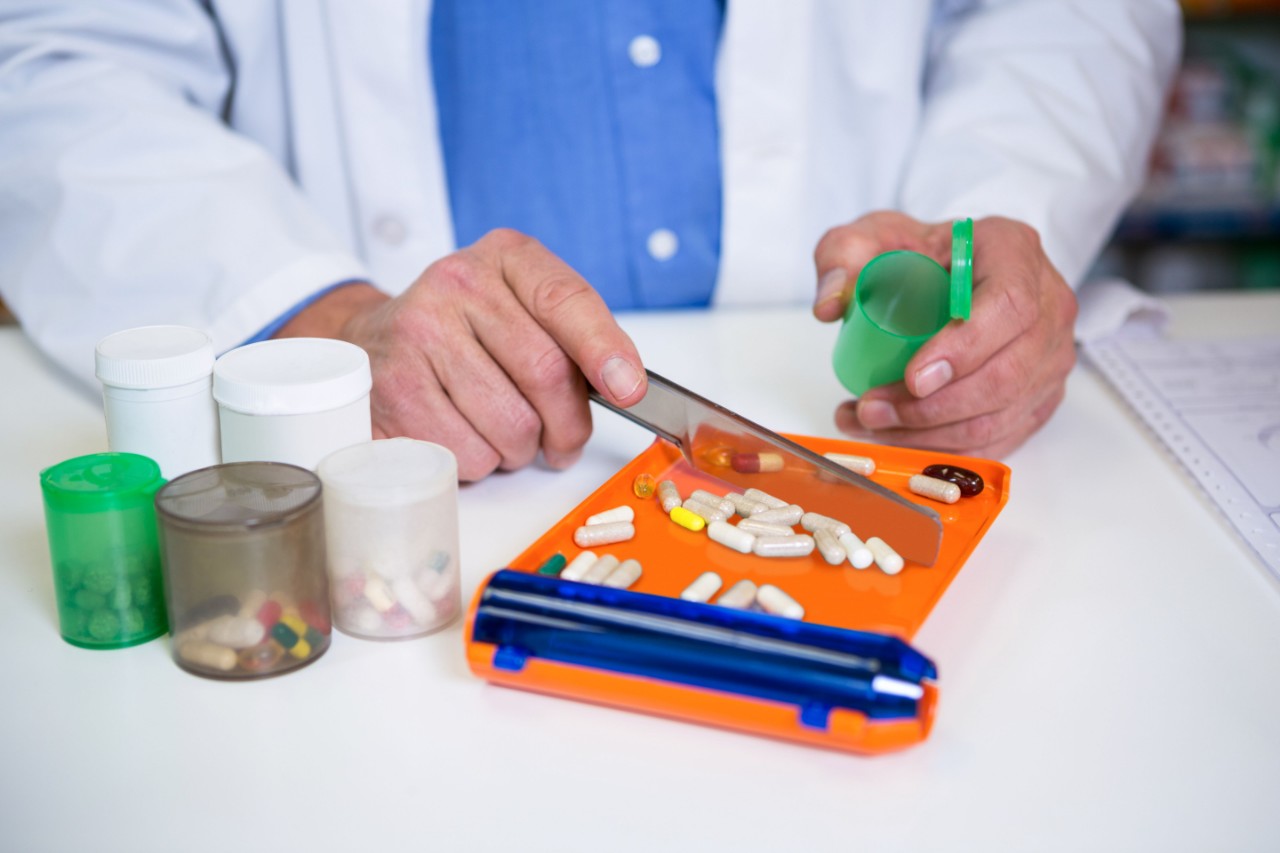With U.S. GDP dropping 1.2% in the first quarter of 2020, and a further drop of between 8.5% and 11% expected in the second quarter, many market sectors are reporting or anticipating declines. The global pharmacies and healthcare stores market is expected to decline from $986.7 billion in 2019 to $971.9 billion in 2020 at a compound annual growth rate (CAGR) of -1.6%. The decline is mainly due to economic slowdown across countries owing to the COVID-19 outbreak and the measures to contain it. The market is then expected to recover and grow at a CAGR of 5% from 2021 and reach $1,112.8 billion in 2023.
The “Pharmacies and Healthcare Stores Global Market Report 2020-30: COVID-19 Impact and Recovery” report has recently been added to ResearchAndMarkets.com’s offering. It covers market characteristics, size and growth, segmentation, regional and country breakdowns, competitive landscape, market shares, trends and strategies for this market. It traces the market’s historic and forecast market growth by geography. It places the market within the context of the wider pharmacies and healthcare stores market, and compares it with other markets.
North America was the largest region in the global pharmacies and healthcare stores market, accounting for 33% of the market in 2019. Asia-Pacific was the second largest region accounting for 27% of the global pharmacies and healthcare stores market. Africa was the smallest region in the global pharmacies and healthcare stores market.
Innovations in automation technology are on the rise and retail stores are increasingly using in-store automation to streamline retail shopping. Automation in retail stores is aimed at automating store operations such as container movement, merchandise scanning, inventory checking, retrieving, packaging, and delivering products, and connecting with customers. Automation reduces waiting times, avoids stocking problems, enhances productivity, and increases overall customer experience.
For instance, American retailer Lowe’s has installed multi-lingual, autonomous customer assistance robots in 11 locations in the San Francisco Bay area. Retailers are also focusing on using self-checkout stands for customers. Walmart has patented a system of self-driving shopping carts.
The market characteristics section of the report defines and explains the market.
The market size section gives the market size ($b) covering both the historic growth of the market, the impact of the Covid 19 virus and forecasting its recovery.
The regional and country breakdowns section gives an analysis of the market in each geography and the size of the market by geography and compares their historic and forecast growth. It covers the impact and recovery trajectory of Covid 19 for all regions, key developed countries and major emerging markets.
Competitive landscape gives a description of the competitive nature of the market, market shares, and a description of the leading companies. Key financial deals which have shaped the market in recent years are identified.
The trends and strategies section analyses the shape of the market as it emerges from the crisis and suggests how companies can grow as the market recovers.
The pharmacies and healthcare stores market section of the report gives context. It compares the pharmacies and healthcare stores market with other segments of the retail market by size and growth, historic and forecast. It analyses GDP proportion, expenditure per capita, pharmacies and healthcare stores indicators comparison.
Companies profiled include:
- MedPlus
- Medzone
- Medicap
- Apollo Pharmacy; and
- Discount Drug Stores
The report is available here.
Source: ResearchAndMarkets

